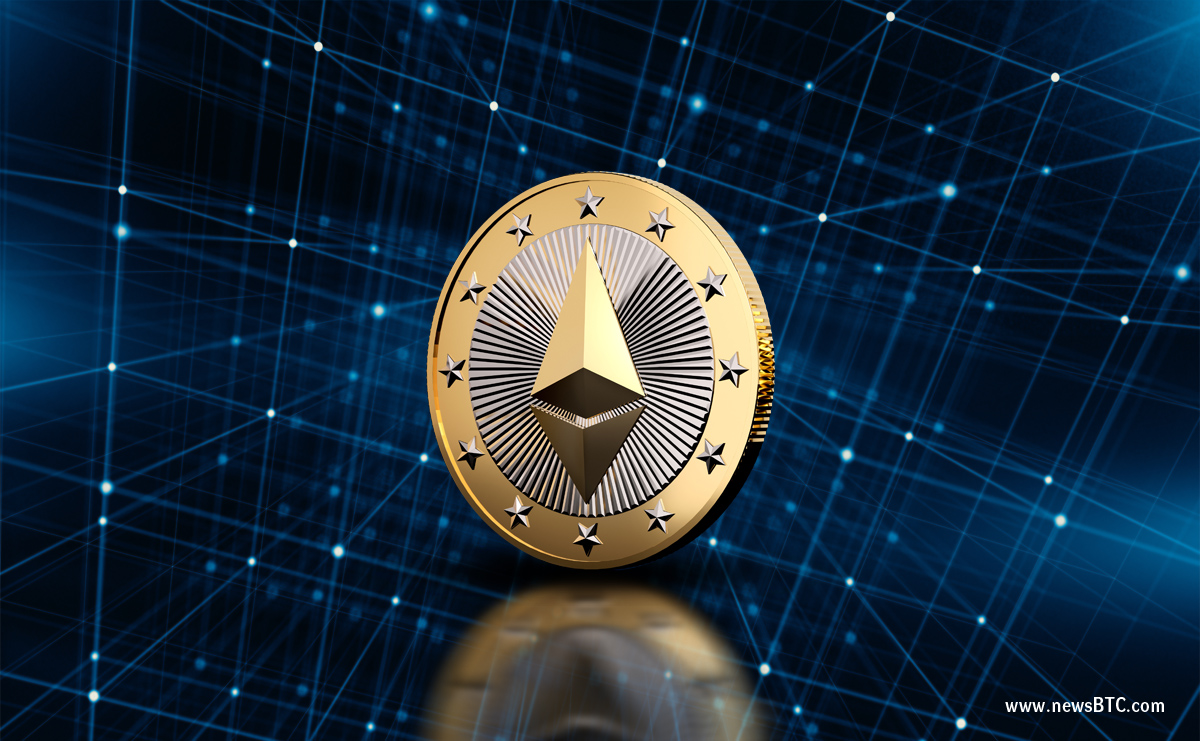Ethereum
Should it be the case that you have just recently found out about the phenomenon of cryptocurrencies and would like to become part of it in an honest way, by mining, rather than speculating over buying, keeping, waiting and selling, than Ethereum is the way to go for you. While Bitcoin has exceeded expectations and retained the number one spot on the list of cryptocurrencies today, mostly in terms of value; it has also become unreachable for anyone who doesn’t own a building with a separate power supply and tons of money to invest in mining gear. Ethereum, on the other hand, while based on the same – and in many senses better – functionality principles, is still within the grasp of anyone willing to invest a few thousand in mining gear and arm themselves with patience.
The Ethereum project is also an open-source, block-chain based computing platform, which features smart contracts (scripting). Their cryptocurrency token is called ether.
Origin
Ethereum is the invention of the cryptocurrency researcher and programmer Vitalik Buterin. The project was proposed in late 2013, via description in the form of a white paper, as Mr. Buterin had argued that Bitcoin required a scripting language for further development of its applications. Having not met his colleagues’ approval, he and his team initiated an online crowdsale, which took place between July and August 2014. On July 30th, 2015, having premined 11.9 million coins for the crowdsale, the Ethereum system went live.
In some aspects there are a lot of similarities between Ethereum and Bitcoin. Some of these include, as already suggested, that both are based on blockchain technology, both are open to the public and require no permission, both offer mining and Proof-of-Work. It is worth to noting that Ethereum’s proof-of-work mathematical challenges, called Ethash, work in a different manner than those of Bitcoins’ system. That’s why common hardware can be used to mine Ethereum tokens.
What is Ethereum, actually?
So far, in terms of currency. But in terms of purpose and capability, there are some substantial differences between the two. While bitcoins offer a rather straightforward peer to peer cash system, which enables online payment in a fast, secure and pseudonymous manner, Ethereum enables developers to build and deploy decentralized applications. The Ethereum blockchain runs programming codes of any decentralized applications, actually. Beyond the financial tradability of the Ether, it is also used by app developers to cover transaction fees and other services provided by the Ethereum network.
To give you a better idea of what decentralized applications (or Dapps) are – these are made up of code that runs on a network based on the blockchain principle. I.e. not governed by a central authority, but by code.
Smart Contracts
If you’ve heard something about Ethereum, you’ve definitely heard the phrase “Smart Contract” being thrown around. Or even if you haven’t, we’ll now look into that. Smart contract is a phrase meant to describe code, which can facilitate the exchange of anything of value. Much of this principle lies in the base of dapps. When ran on a blockchain, these smart contracts become much like computer programs, which are capable of running themselves automatically when specific conditions have been met. As they are governed by code, there is no possible way they could be tricked or interfered with.
This is one of the major reasons Ethereum stands out among other cryptocurrencies. Because it’s not simply a cryptocurrency, but also – because it’s practically incapable of being corrupt.
Ethereum’s core innovation is the EVM (Ethereum Virtual Machine) which is a Turing-complete software enabling anyone to run any kind of program with no regard to the programming language. The EVM makes creating blockchain applications much more easy and efficient.
Ethereum’s history and place today
Other than creating Dapps, Ethereum can also build Decentralized Autonomous Organizations (DAO). Knowing what decentralized already means, you can imagine that this means – no central authority, governed only by code.
In 2016 these DAO’s threatened everything. A startup, named “The DAO”, working on such a project was hacked by an unknown attacker who stole about $50 million in Ether. The project on which The DAO was working on was a code-governed venture capital firm, which would allow investors to make decisions by means of smart contracts.
After much debating, Ethereum’s community decided to revive the stolen funds by executing a change in the code, known as a hard fork. This enabled them to move the stolen funds to a new smart contract, which in itself allowed the owners to withdraw the stolen Ether. But this is how things got very much complicated. Changing the block chain goes against the very basis of blockchain, which would usually result in a negative impact, as the blockchain would lose its main value. In Ethereum’s case, that being security, animosity and tamper proof.
This lead to a split in the blockchain and now two of them are in existence. There’s the Ethereum classic, for those opposed to the changes in the blockchain and for those that were inclined to the decision of changing it, there is Ethereum.
Despite this fallout, Ethereum is still looking at a bright future as a provider of a user-friendly platform enabling people to use the power of blockchain technology. In March 2017 the creation of the Enterprise Ethereum Alliance (EEA) was announced, supported by various startups, Fortune 500 companies and research groups. Just a few months later the Alliance had 150 enterprise members, among which J.P. Morgan, Microsoft, Samsung SDS, Accenture, ING, Mastercard and many others. Their purpose is to coordinate the engineering of an open-source version of the Ethereum blockchain, which can address the common interests of enterprises in banking, management, pharmaceutical, health, mobile, entertainment and many other industries.



Comments (No)